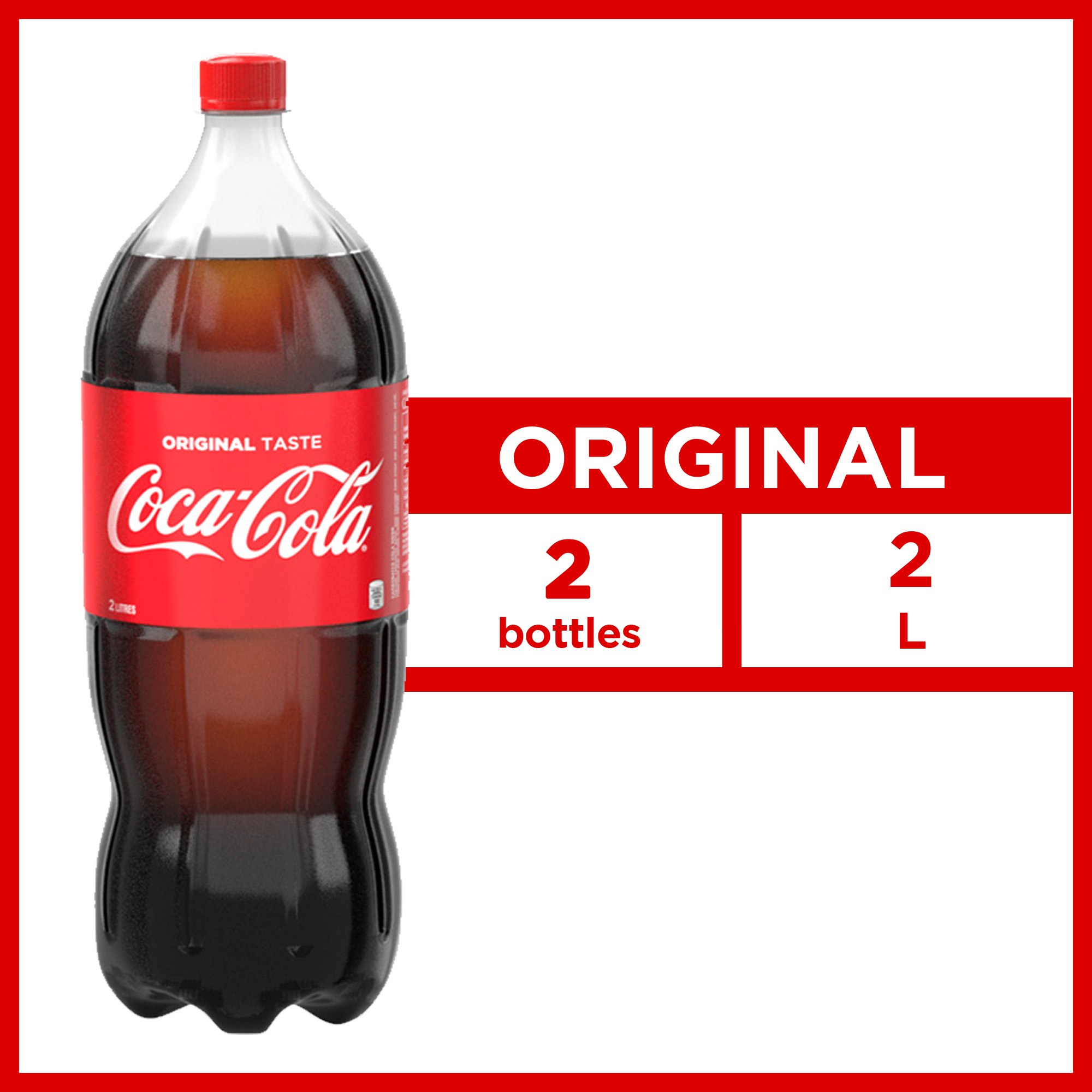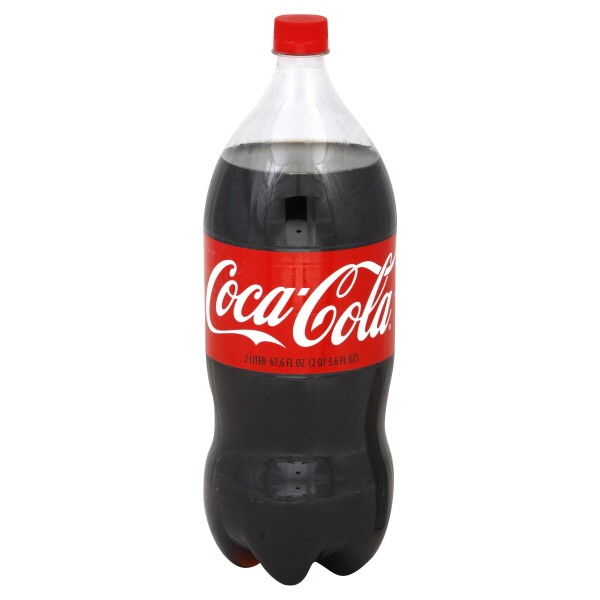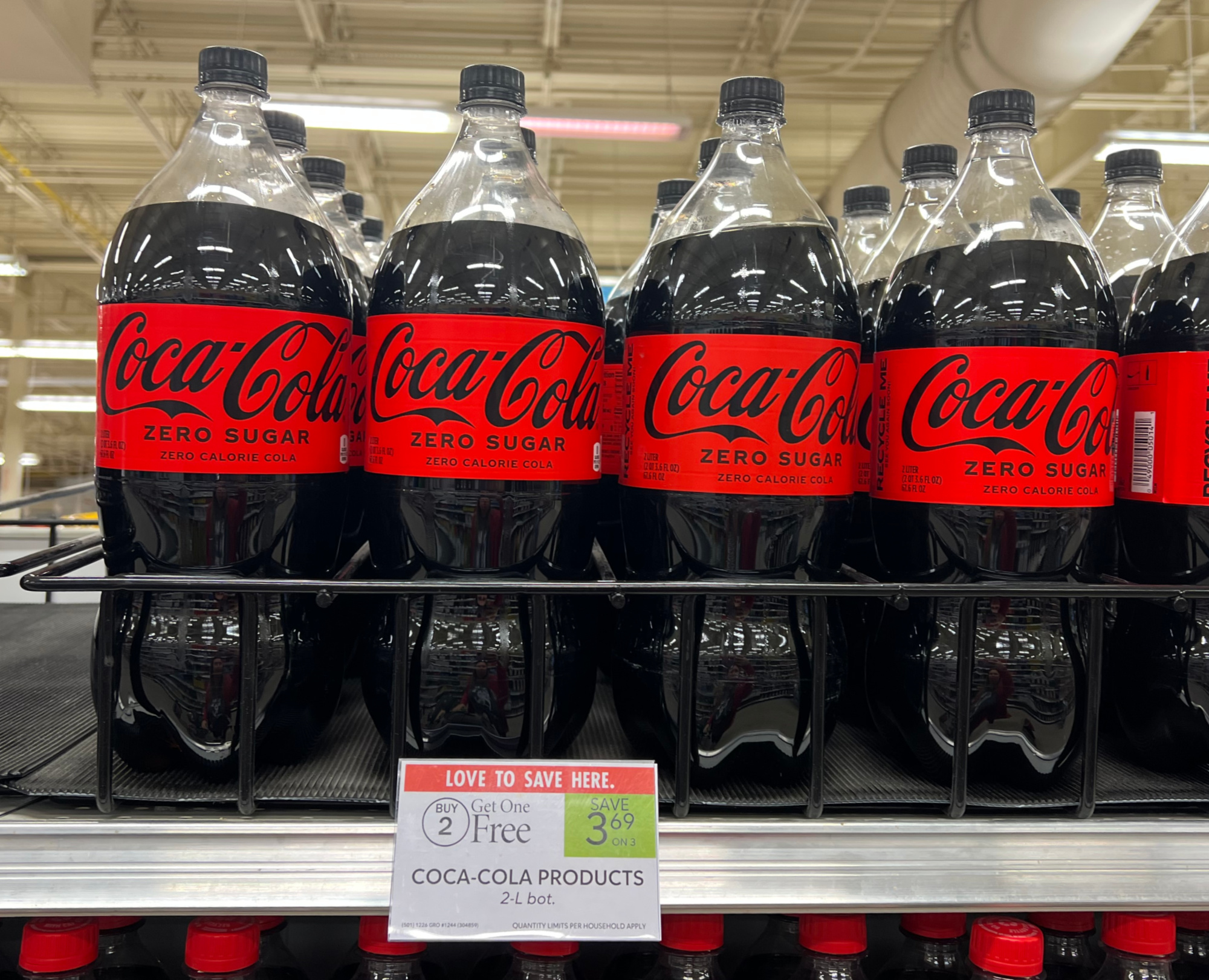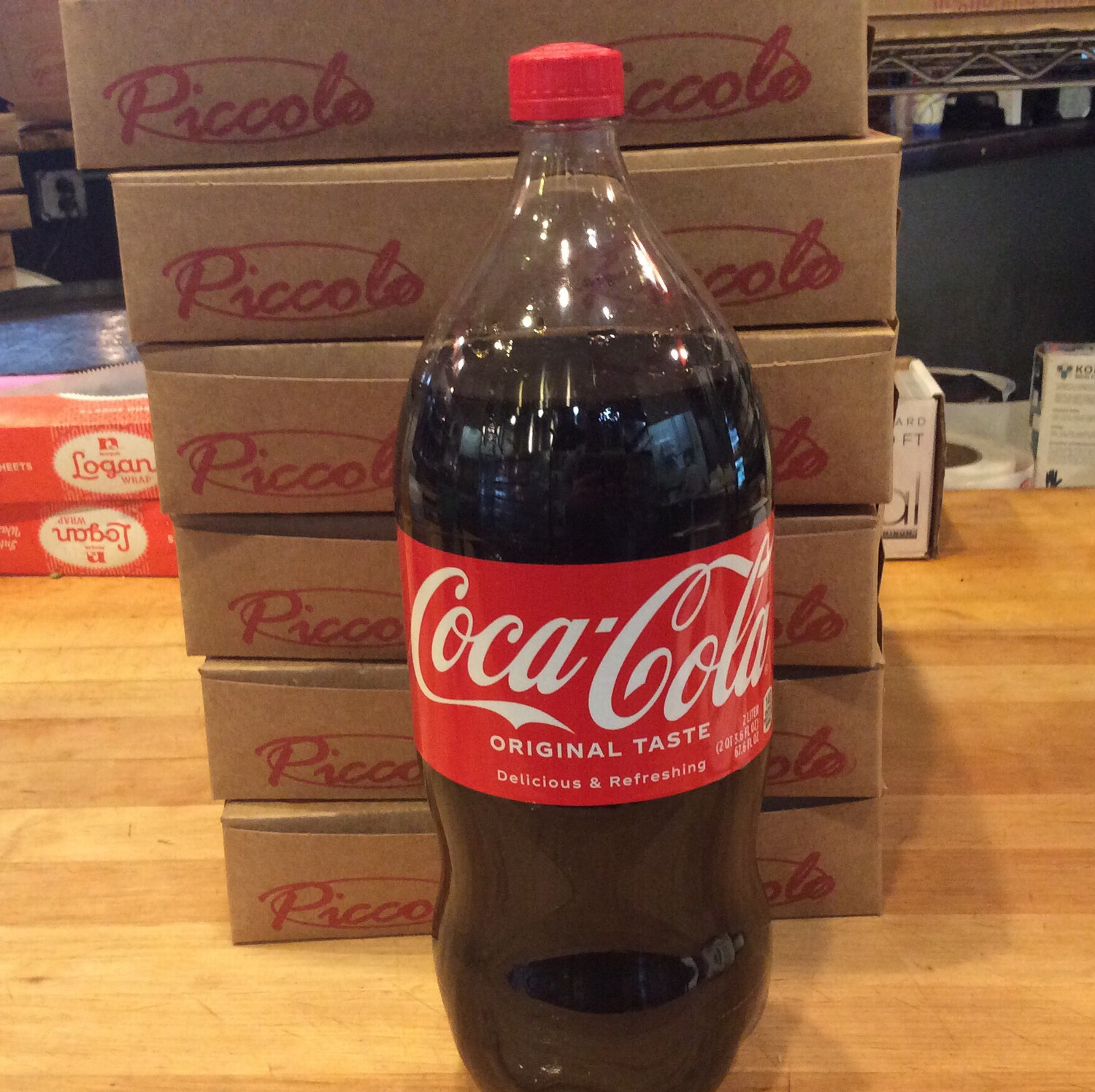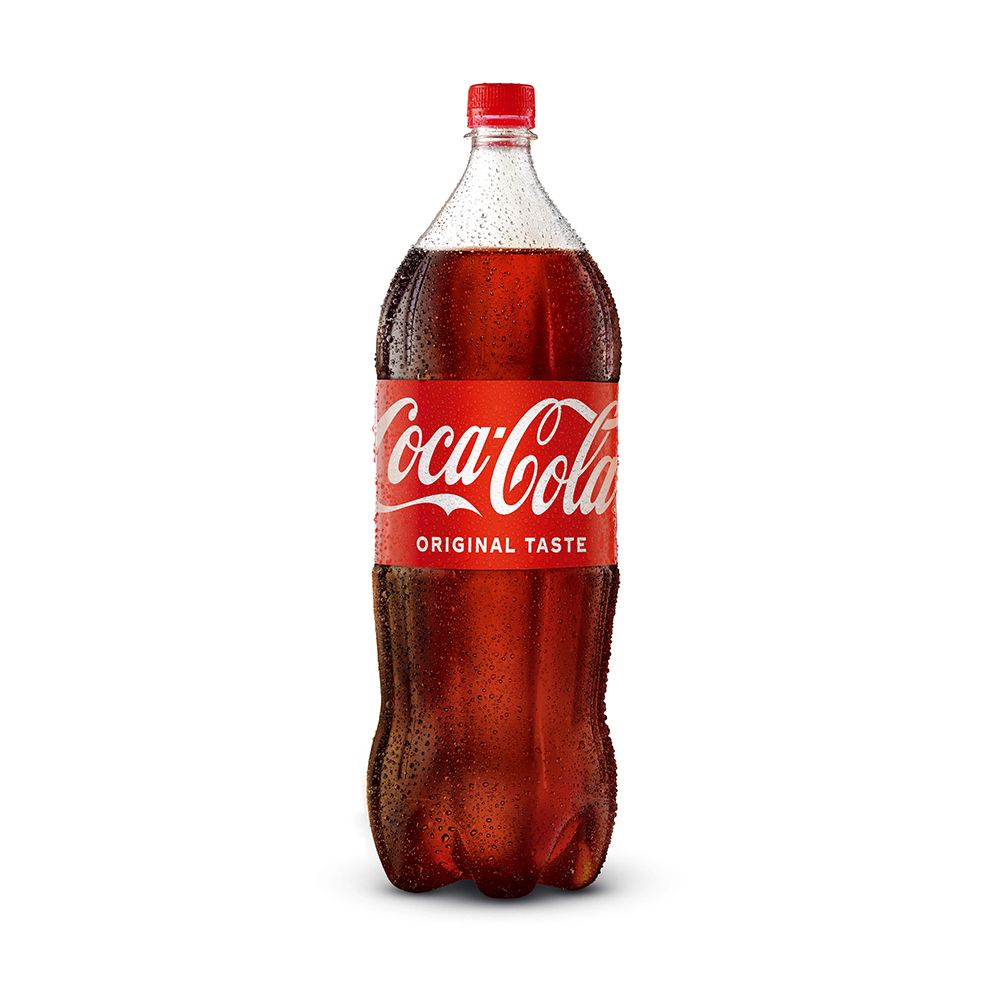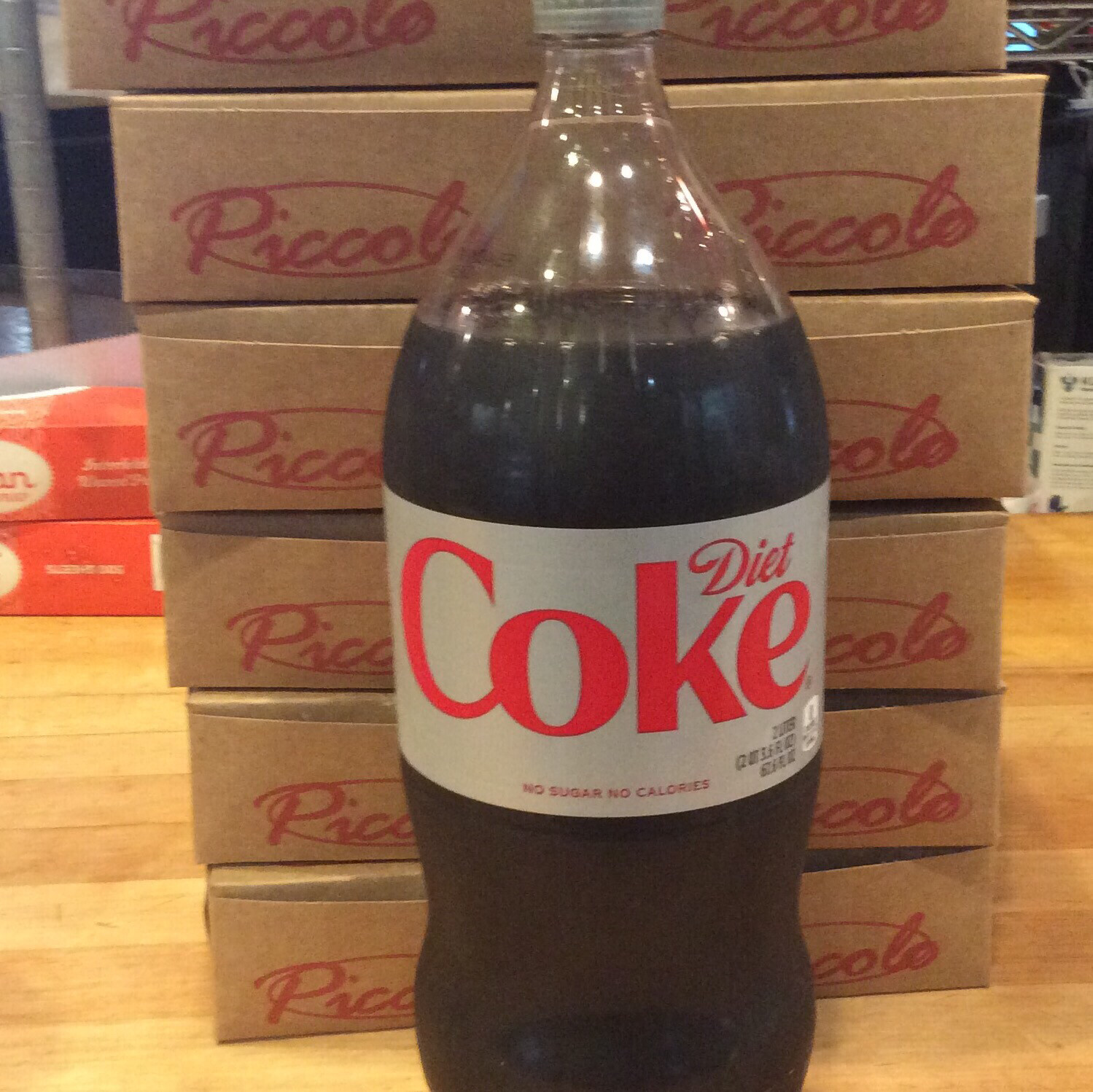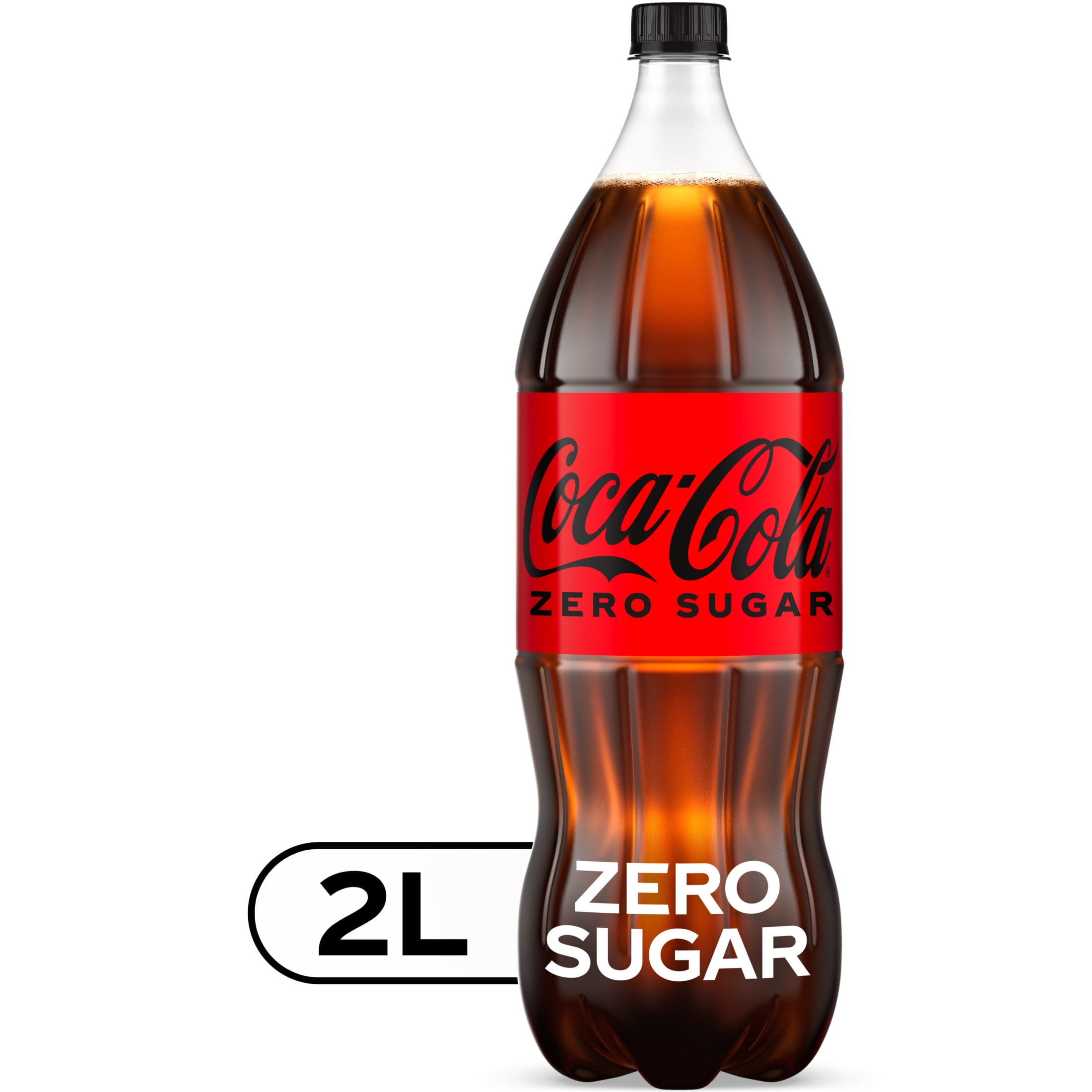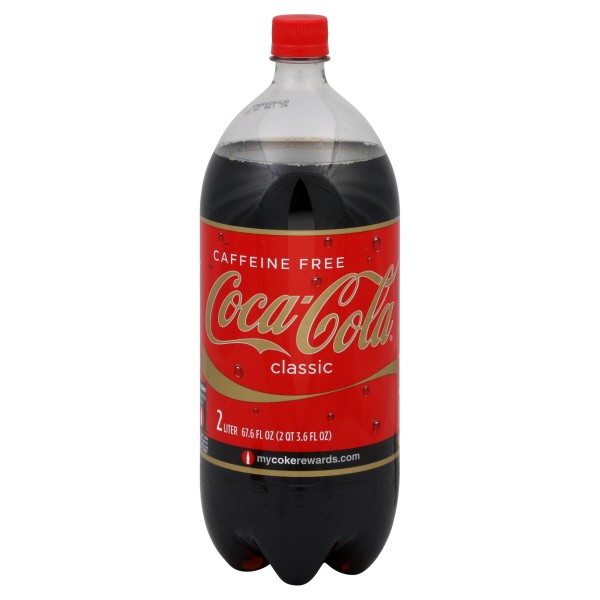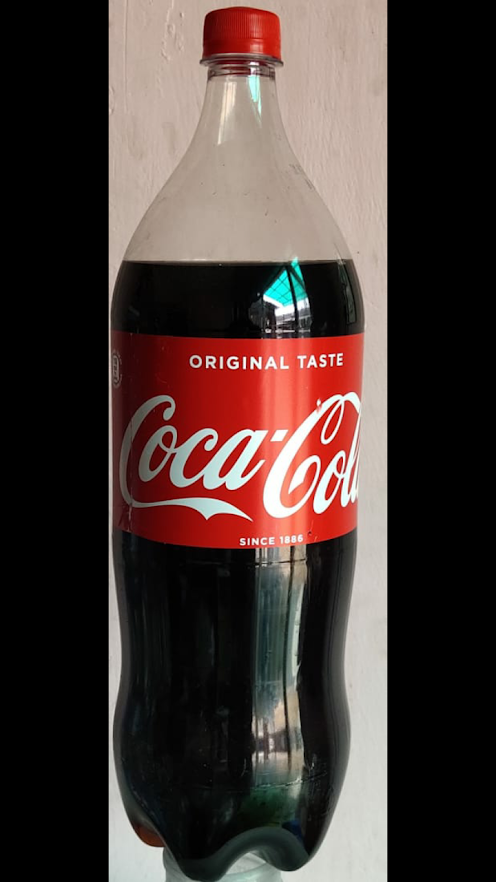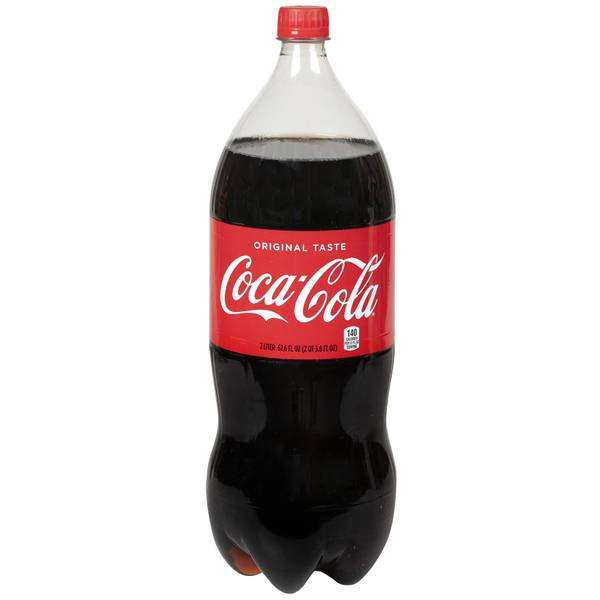Price Of A 2 Liter Of Coke
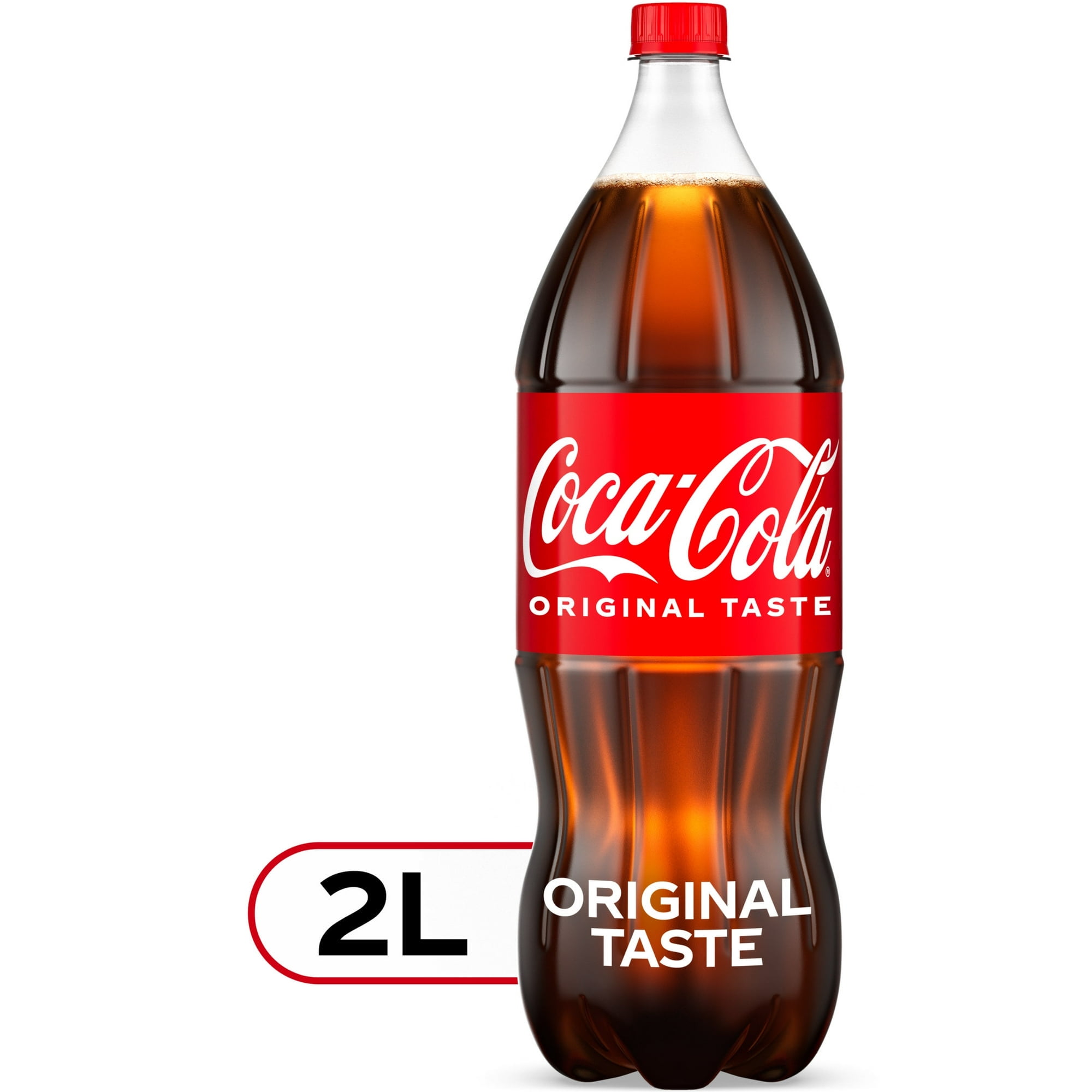
The fluorescent lights of the corner store hummed a familiar tune, reflecting off rows of colorful bottles. A young boy, clutching a handful of crumpled bills, stood before the cooler, his eyes wide with contemplation. He was trying to decide if the 2-liter of Coke was worth sacrificing his afternoon candy allowance, a timeless dilemma played out in countless shops across the nation.
The price of a 2-liter bottle of Coca-Cola, seemingly a minor detail in the grand scheme of the economy, acts as a surprisingly accurate barometer of larger economic forces, reflecting inflation, supply chain disruptions, and consumer spending habits. Understanding the factors influencing this everyday purchase provides a valuable lens through which to examine the overall health and trends of our financial landscape.
A History of Bubbles and Price Points
Coca-Cola, invented in 1886 by John Pemberton, initially sold for five cents a glass. It quickly became a ubiquitous symbol of American culture, transitioning from soda fountains to bottled beverages readily available to the masses.
The introduction of the 2-liter bottle in the late 1970s revolutionized the soda industry, offering consumers a larger, more economical option. This larger format became a staple at family gatherings, picnics, and parties.
The price of that 2-liter bottle has steadily increased over the decades, driven by a complex interplay of factors.
The Inflation Equation
Inflation, the gradual increase in the price of goods and services in an economy, is a primary driver of the rising cost of Coke. The Bureau of Labor Statistics (BLS) tracks the Consumer Price Index (CPI), which measures the average change over time in the prices paid by urban consumers for a market basket of consumer goods and services.
As the CPI rises, so too does the cost of producing and distributing Coca-Cola, from raw materials like sugar and plastic to transportation and labor.
Consequently, these increased costs are often passed on to the consumer in the form of higher prices at the checkout.
Supply Chain Snags and Bottlenecks
Global supply chains, intricate networks that connect producers and consumers across vast distances, have faced unprecedented disruptions in recent years. Events such as the COVID-19 pandemic, geopolitical tensions, and extreme weather events have created bottlenecks, leading to shortages and increased costs.
For Coca-Cola, this means potential challenges in acquiring essential ingredients like high fructose corn syrup or in securing the necessary packaging materials.
These disruptions translate into higher production costs, further influencing the price of a 2-liter bottle.
The Role of Consumer Demand
Consumer demand also plays a crucial role in determining the price of Coca-Cola. High demand allows retailers to charge more, while lower demand may necessitate price reductions to stimulate sales.
Seasonal factors, promotional campaigns, and even overall economic sentiment can influence consumer purchasing behavior.
For instance, during the summer months, when demand for refreshing beverages tends to peak, prices might see a slight increase.
Regional Variations and Retailer Strategies
The price of a 2-liter of Coke is not uniform across the country. Regional variations in taxes, transportation costs, and competitive landscapes contribute to price differences.
Furthermore, individual retailers have their own pricing strategies, influenced by factors such as store location, overhead costs, and perceived value.
You might find a significantly lower price at a large discount retailer compared to a small convenience store.
The Coca-Cola Company's Perspective
The Coca-Cola Company itself doesn't directly set the retail price of its products. Instead, it sells its beverages to bottlers, distributors, and retailers, who then determine the final price charged to consumers.
However, the company does play a role in influencing prices through its wholesale pricing policies and marketing strategies.
They must balance maintaining profitability with remaining competitive in a crowded beverage market.
"We are committed to providing value to our consumers while managing our costs effectively," a Coca-Cola spokesperson said in a recent statement regarding pricing pressures.
More Than Just a Soft Drink
The price of a 2-liter of Coke is more than just a reflection of the cost of ingredients and production. It's a symbol of broader economic trends and the ever-changing relationship between consumers and the products they purchase.
By tracking its price, we can gain valuable insights into inflation, supply chain dynamics, and the overall health of the economy.
It serves as a reminder that even seemingly small everyday purchases are intertwined with complex economic forces.
Looking back at the boy in the corner store, his decision over that 2-liter bottle embodies the fundamental economic principle of opportunity cost. He's weighing the satisfaction of enjoying a refreshing beverage against the alternative use of his limited funds.
This same principle applies to consumers and businesses alike, as they navigate an increasingly complex and ever-changing economic landscape.
The next time you reach for a 2-liter of Coke, take a moment to appreciate the intricate web of factors that have influenced its price, a small piece of the puzzle that reveals a larger picture of our economic world.


